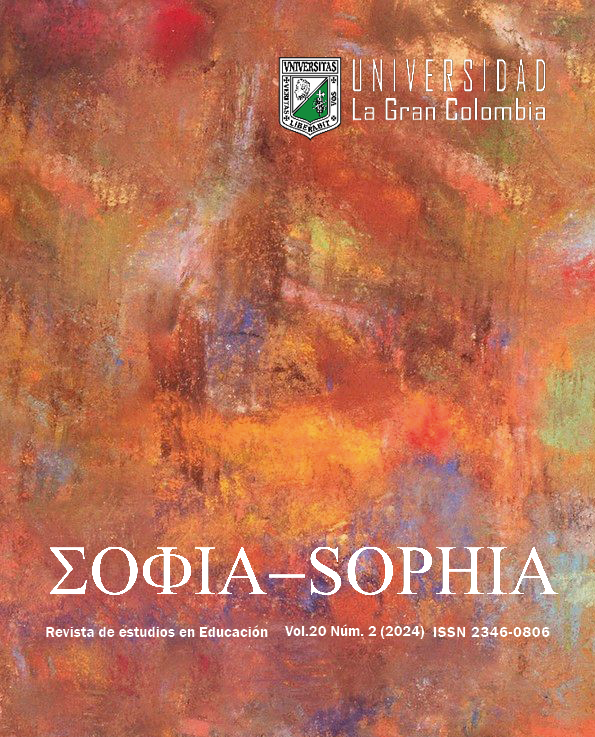Arquitectura para la convivencia escolar. Espacios escolares pensados desde y con los niños
DOI:
https://doi.org/10.18634/sophiaj.20v.2i.1223Palabras clave:
contexto escolar, diseño arquitectónico, ambiente de aprendizaje, experiencia, interacción espacialResumen
Este artículo muestra una experiencia proyectiva para la transformación socio-espacial que parte del supuesto de que la arquitectura y la interacción en los espacios son elementos fundamentales en la proyección de ambientes educativos pensados para y con los niños como nueva herramienta de diseño. Por ello, se presenta una investigación de tipo analítica y hermenéutica con enfoque mixto y de desarrollo holístico, con la cual se logró el análisis y comparación de las interacciones socio espaciales de los niños para la proyección de ambientes educativos. Se utilizó una metodología que involucra la orientación desde conceptos de diseño básico arquitectónico junto con el juego creativo logrando producir arquitectura creativa, una estrategia para despertar el interés por el entorno que rodea el niño. Es así como se propuso el acondicionamiento de espacios escolares a partir de las interacciones socio físicas y respuestas modélicas tridimensionales de estudiantes de una institución educativa.Descargas
Publicado
2024-09-23
Número
Sección
Artículos de investigación
Licencia
Esta obra está bajo una licencia de CREATIVE COMMONS
Cómo citar
Arquitectura para la convivencia escolar. Espacios escolares pensados desde y con los niños. (2024). Sophia, 20(2). https://doi.org/10.18634/sophiaj.20v.2i.1223







